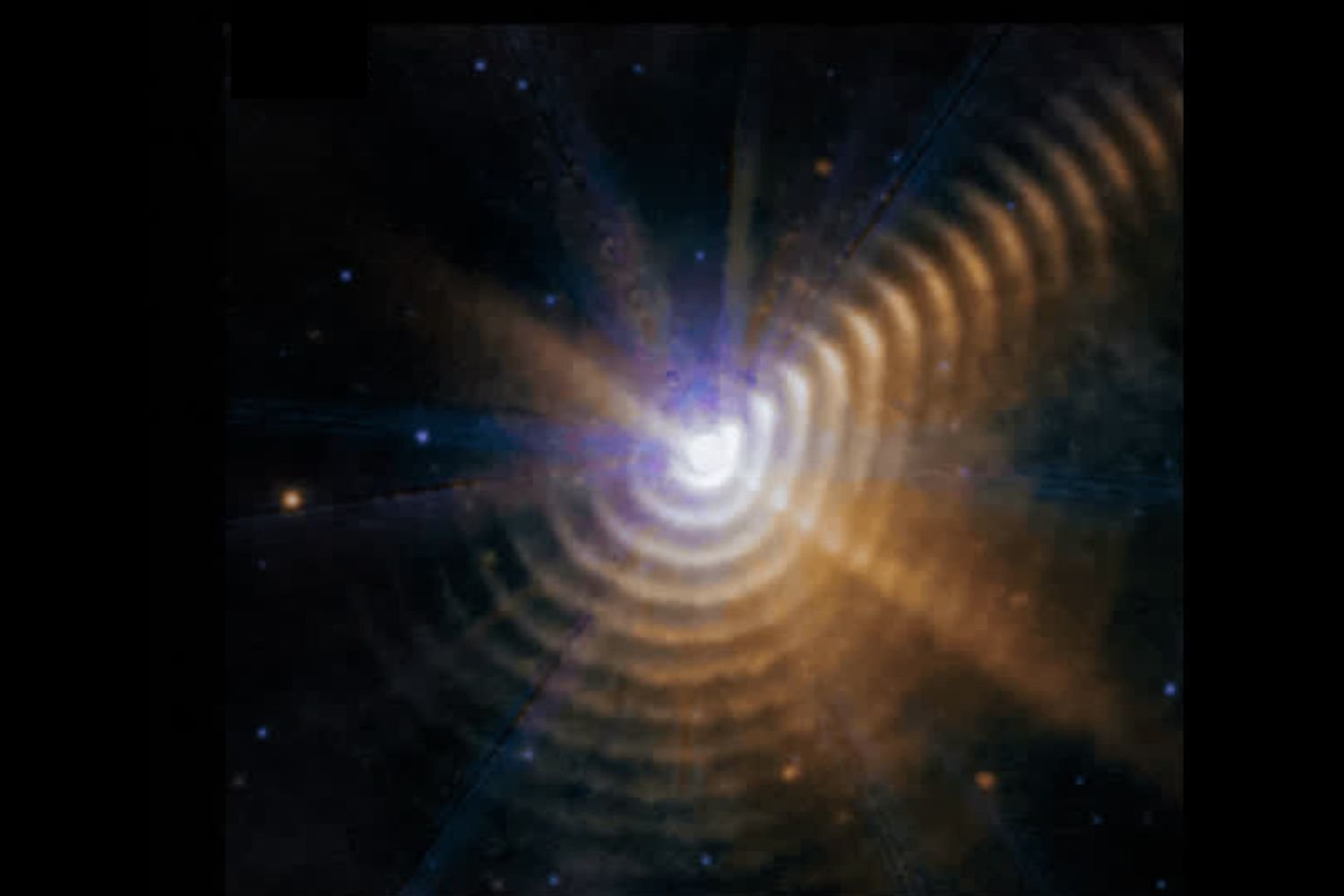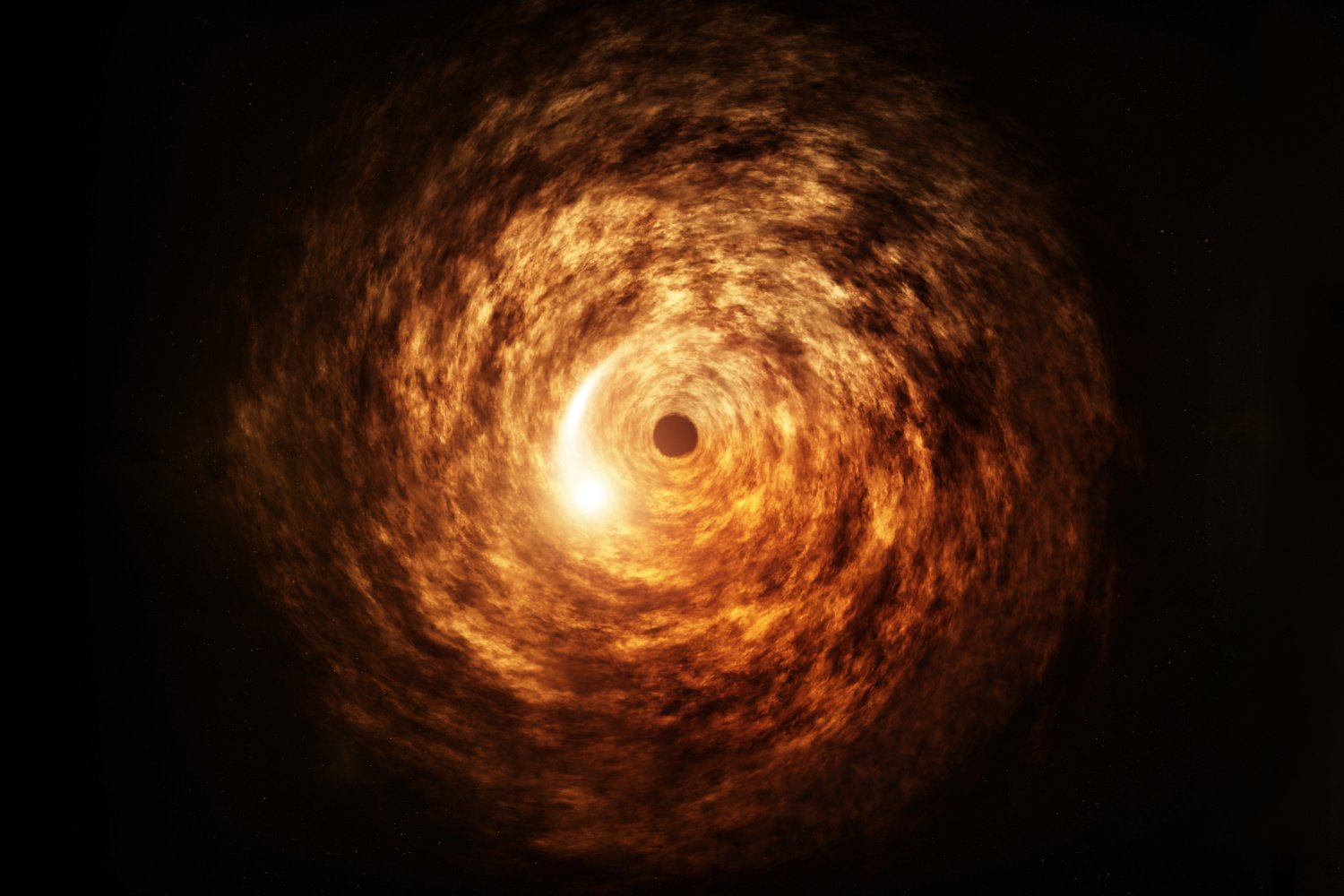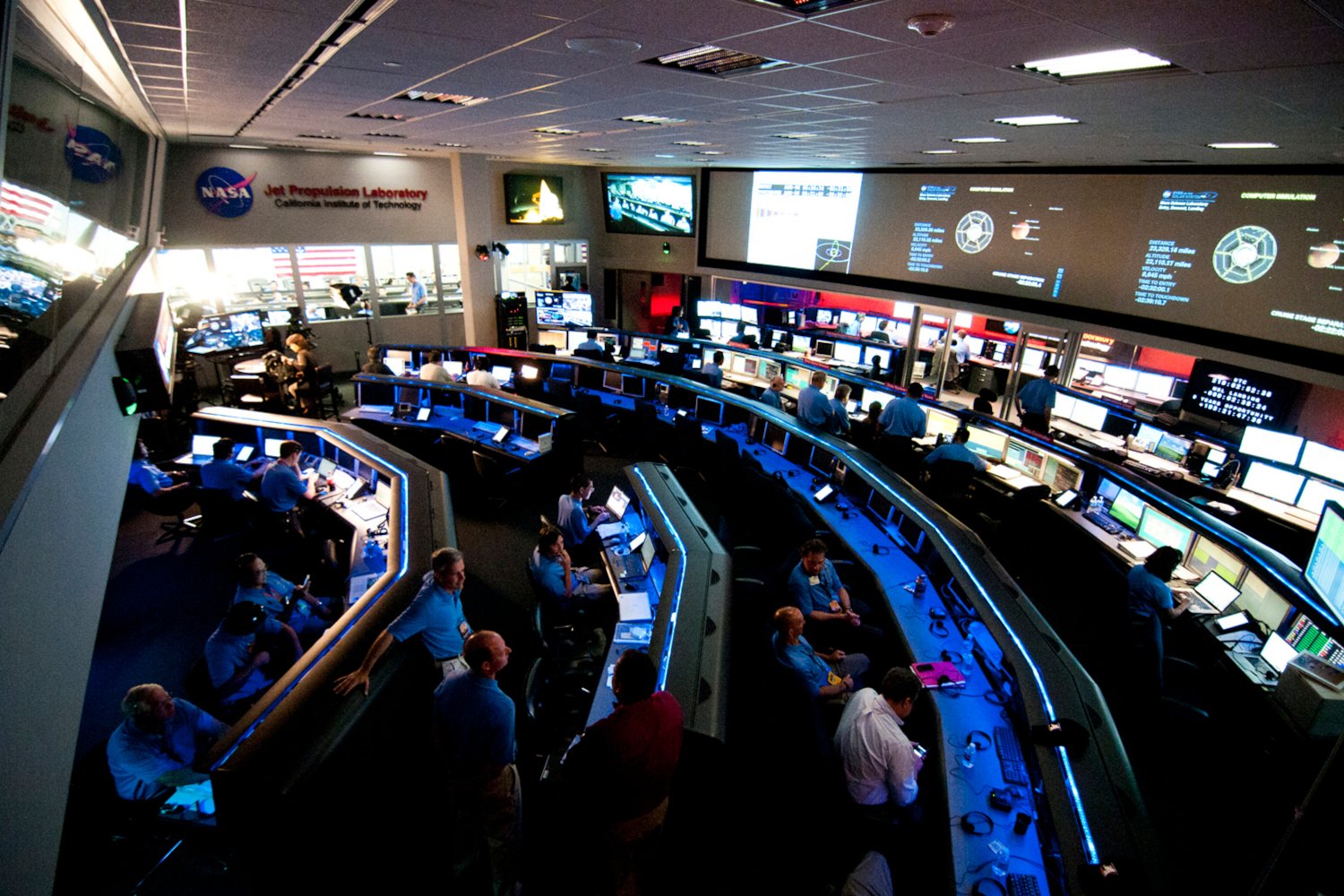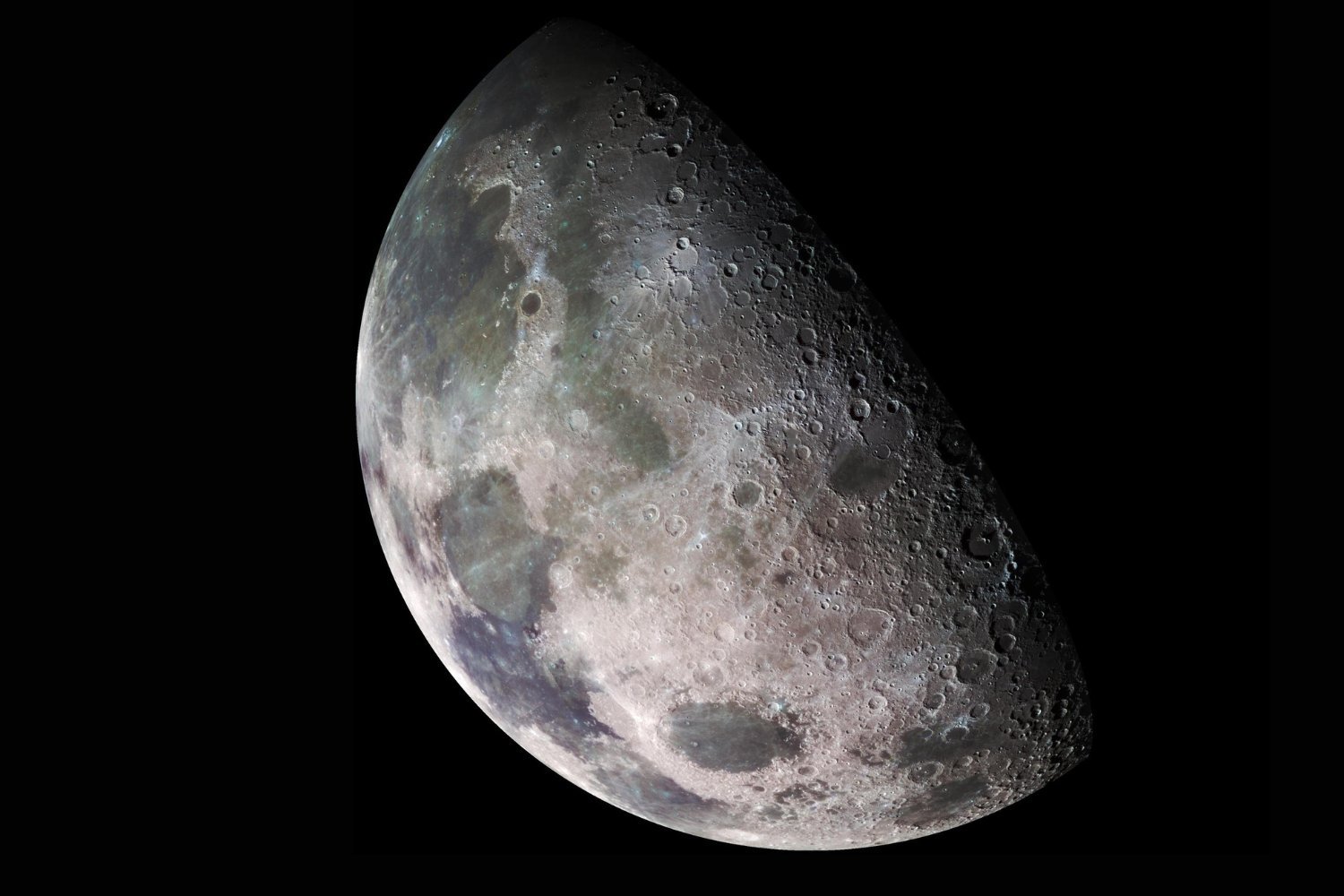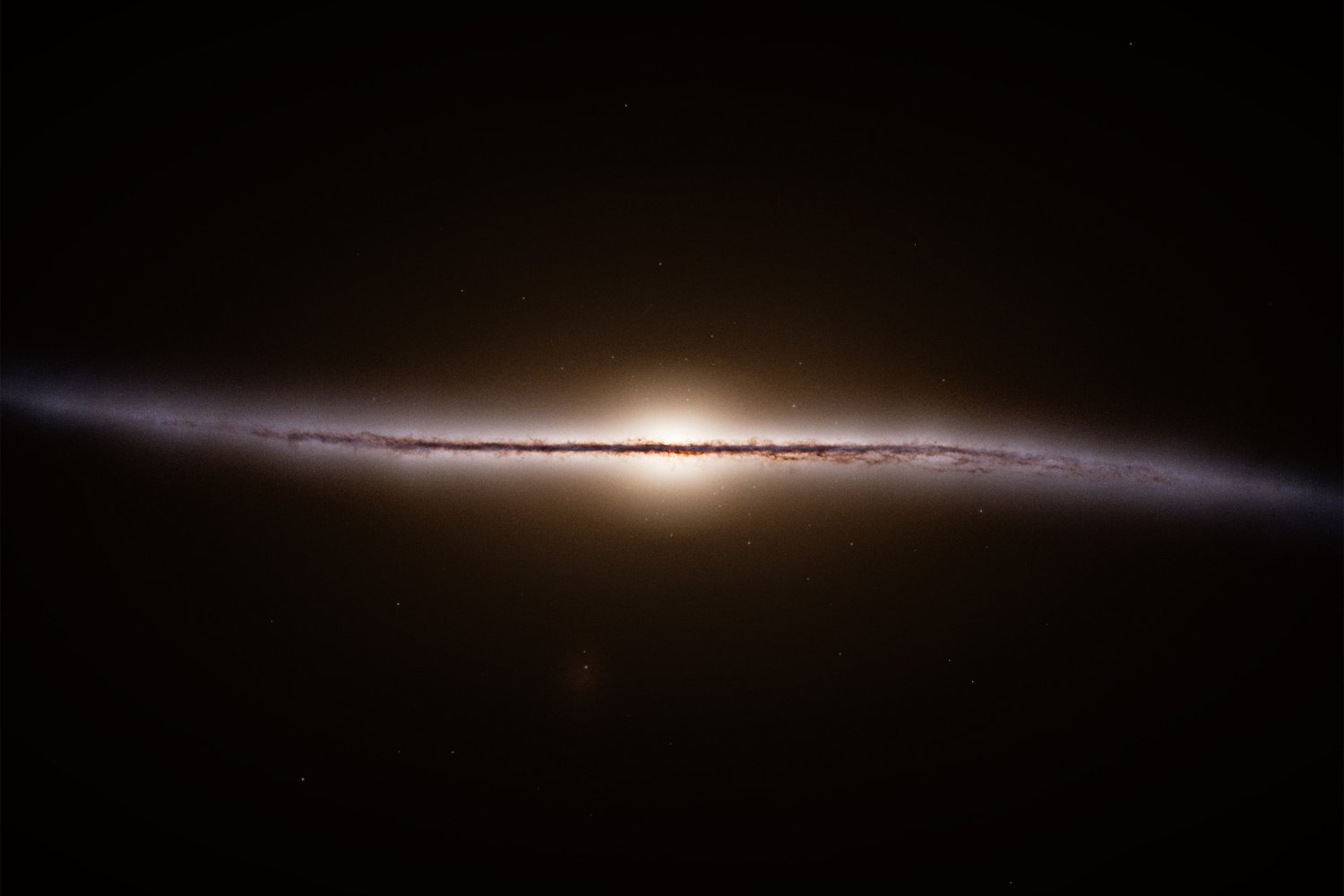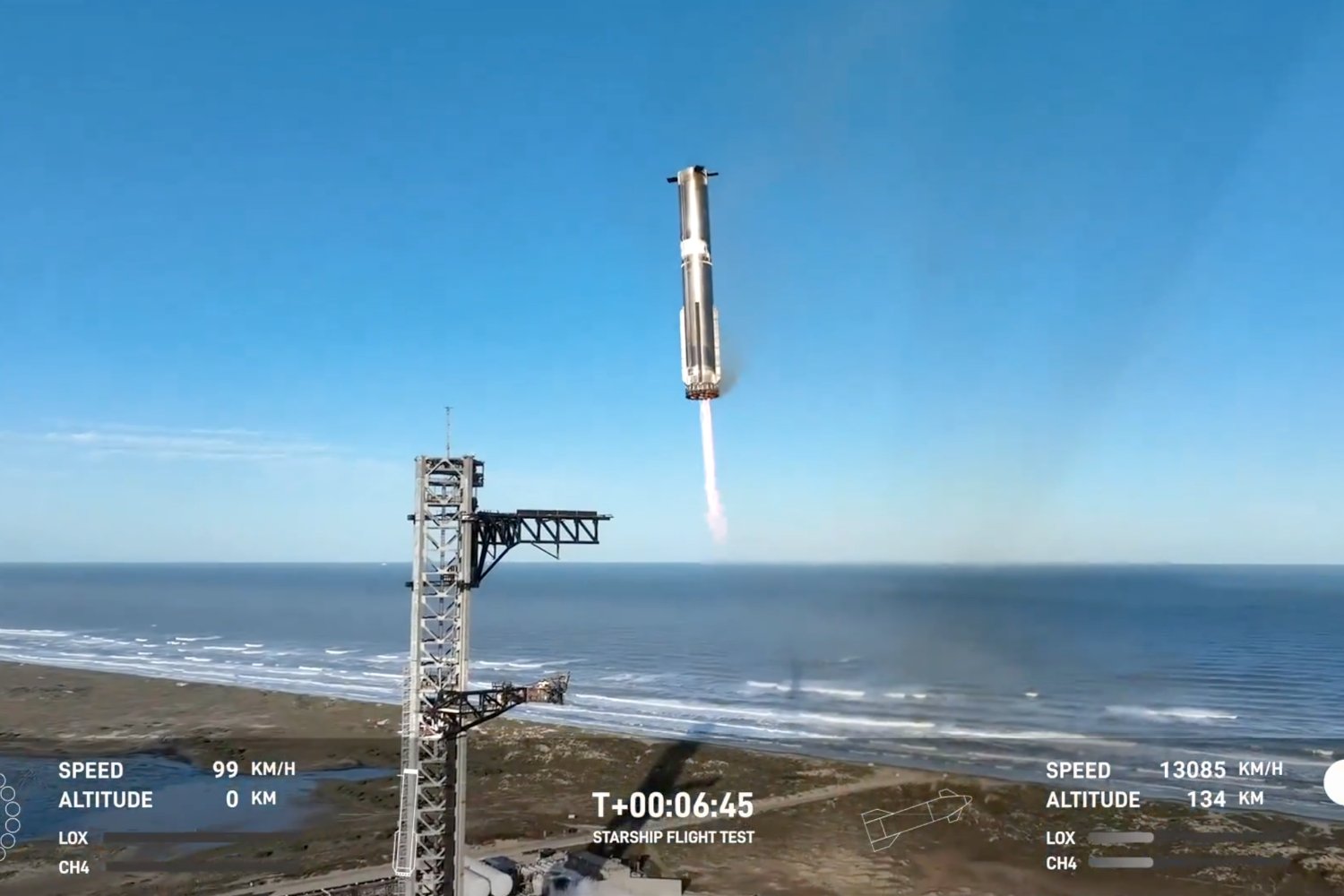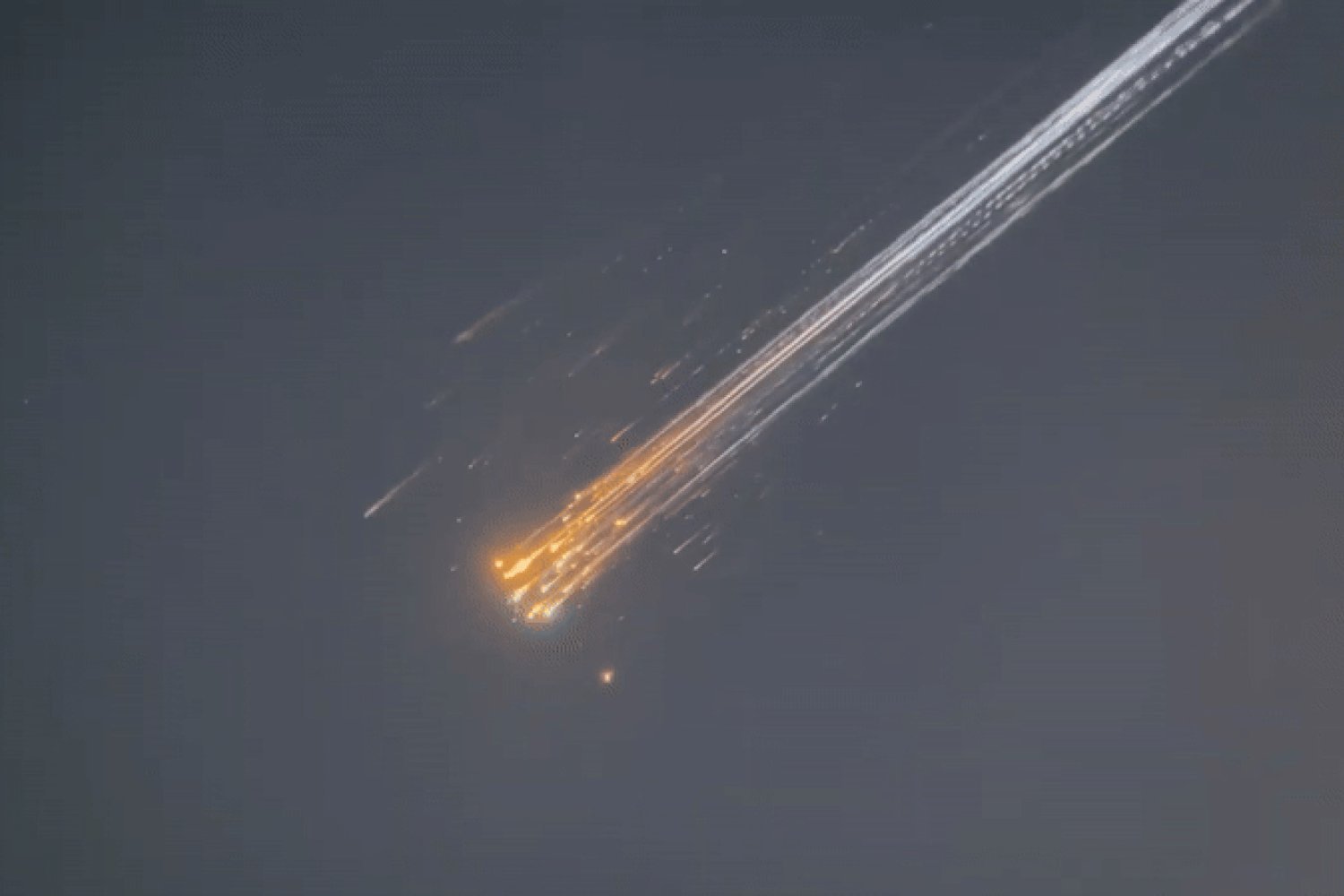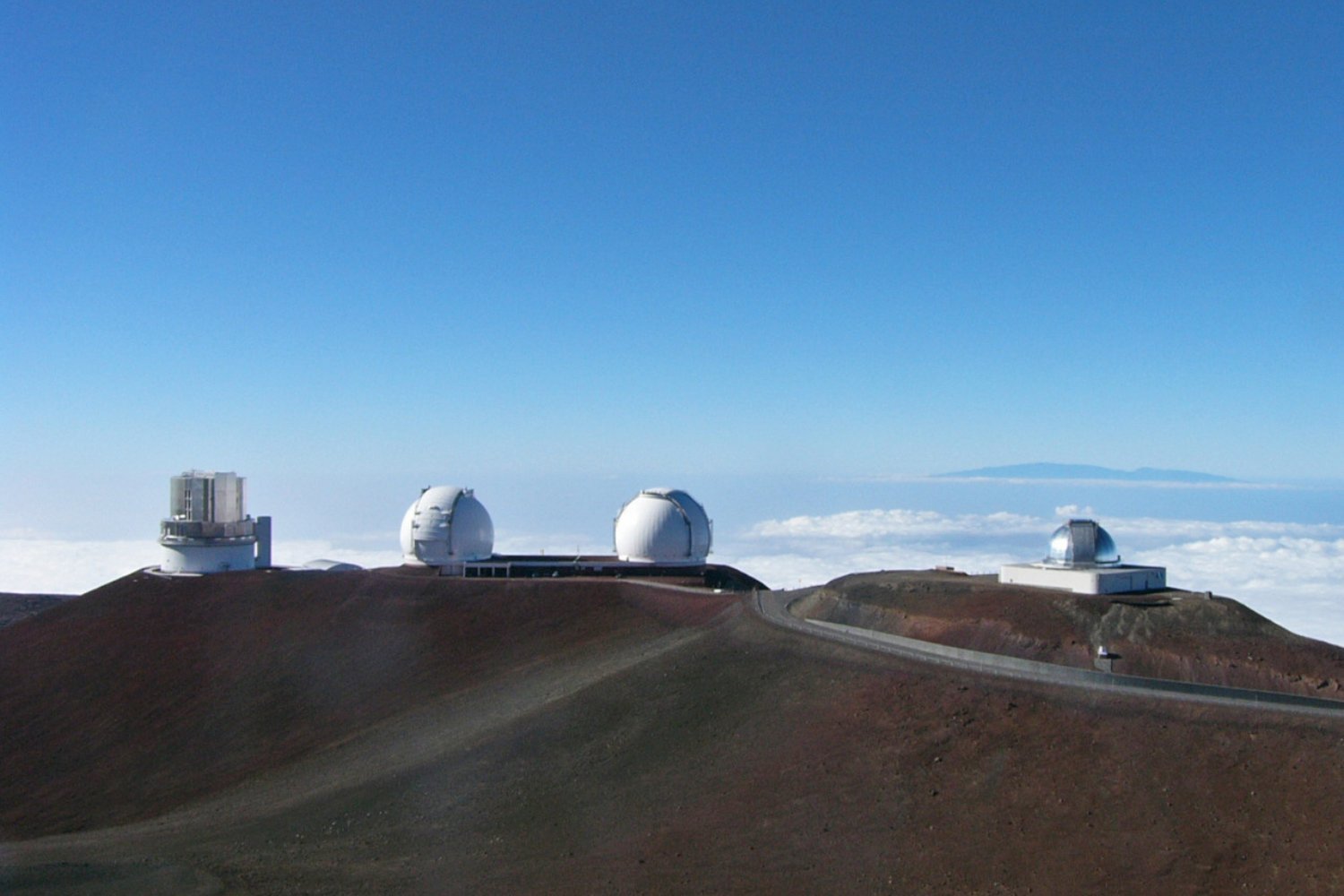The James Webb Space Telescope has captured a mesmerizing image of Wolf-Rayet 140 (WR 140), a binary star system located approximately 5,000 light-years from Earth. The image reveals a series of concentric dust rings surrounding the stars, resembling the cross-section of a tree trunk on a cosmic scale. This observation confirms the existence of these rings and provides valuable insights into how elements like carbon are dispersed throughout the universe.
A team of astronomers analyzed the Webb images and published their findings in The Astrophysical Journal Letters. They also presented their research at the 245th meeting of the American Astronomical Society. The telescope not only confirmed the rings’ presence but also revealed their outward movement at consistent velocities, showcasing noticeable changes over remarkably short periods.
Wolf-Rayet stars are massive stars nearing the end of their lives, rapidly shedding mass as they approach a supernova explosion. In the WR 140 system, only one star is a Wolf-Rayet, boasting a mass roughly ten times that of our Sun. This isn’t Webb’s first encounter with a Wolf-Rayet star; in 2023, it captured a striking image of WR 124, a star about 30 times the mass of the Sun, located 15,000 light-years away. WR 124 emits streams of gas and dust at speeds exceeding 93,200 miles per hour (150,000 kilometers per hour). Over the past 130 years, WR 124 has ejected over 17 dust shells, with the oldest ones now too dispersed to detect.
The dust shells surrounding WR 140 expand even faster than those around WR 124, at a rate of over 1,600 miles per second (2,600 km/s).
 Animation of WR 140 dust shell formationWR 140 dust shell formation. Image: NASA, ESA, CSA, STScI; Science: Emma Lieb (University of Denver), Ryan Lau (NSF NOIRLab), Jennifer Hoffman (University of Denver)
Animation of WR 140 dust shell formationWR 140 dust shell formation. Image: NASA, ESA, CSA, STScI; Science: Emma Lieb (University of Denver), Ryan Lau (NSF NOIRLab), Jennifer Hoffman (University of Denver)
The animation illustrates how the dust shells form from the interaction between the two stars. Every eight years, as the stars orbit each other, their stellar winds collide, compressing material into carbon-rich dust that is then propelled outwards. Each ring observed represents one eight-year orbital period, further solidifying the tree ring analogy.
 Webb's mid-infrared images of WR 140Webb’s Mid-Infrared Images of WR 140 from July 2022 (left) and September 2023 (center), with an inset (right) highlighting the expansion. Image: NASA, ESA, CSA, STScI; Science: Emma Lieb (University of Denver), Ryan Lau (NSF NOIRLab), Jennifer Hoffman (University of Denver)
Webb's mid-infrared images of WR 140Webb’s Mid-Infrared Images of WR 140 from July 2022 (left) and September 2023 (center), with an inset (right) highlighting the expansion. Image: NASA, ESA, CSA, STScI; Science: Emma Lieb (University of Denver), Ryan Lau (NSF NOIRLab), Jennifer Hoffman (University of Denver)
The Webb Telescope captured two mid-infrared images of WR 140 in July 2022 and September 2023. The inset image clearly demonstrates the significant outward expansion of the dust shells within just 14 months. Mid-infrared observations are essential for this analysis because the dust in this system is relatively cool. Near-infrared and visible light would only reveal the shells closest to the star. This level of detail allows astronomers to pinpoint the timing of dust formation with remarkable precision.
The ultimate fate of the Wolf-Rayet star in WR 140 remains uncertain. It may explode as a supernova or collapse into a black hole. If it becomes a black hole, the dust shells would likely persist, while a supernova would probably obliterate them. Regardless of its final act, the Webb Telescope provides an invaluable tool for understanding how this system distributes carbon-rich material throughout space.



